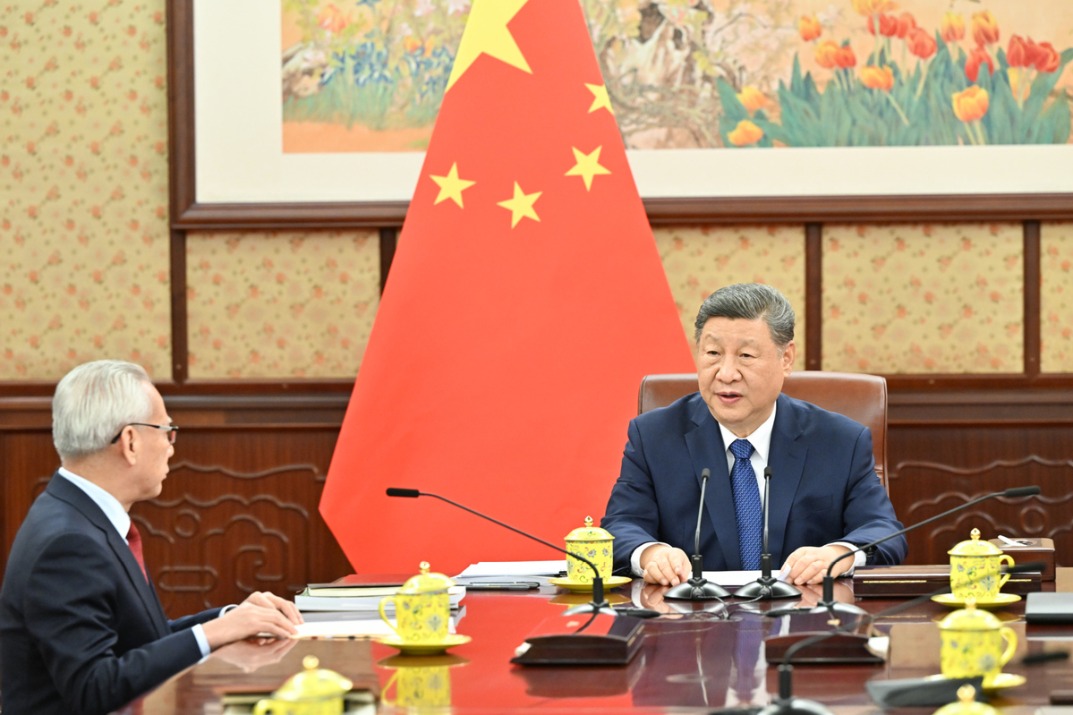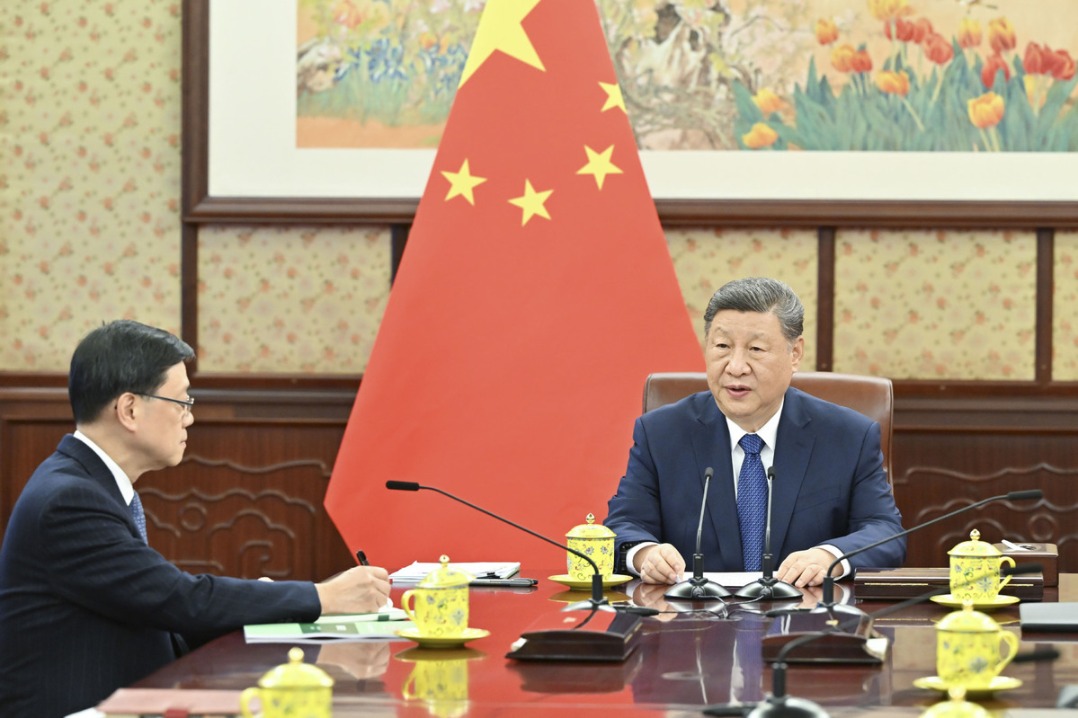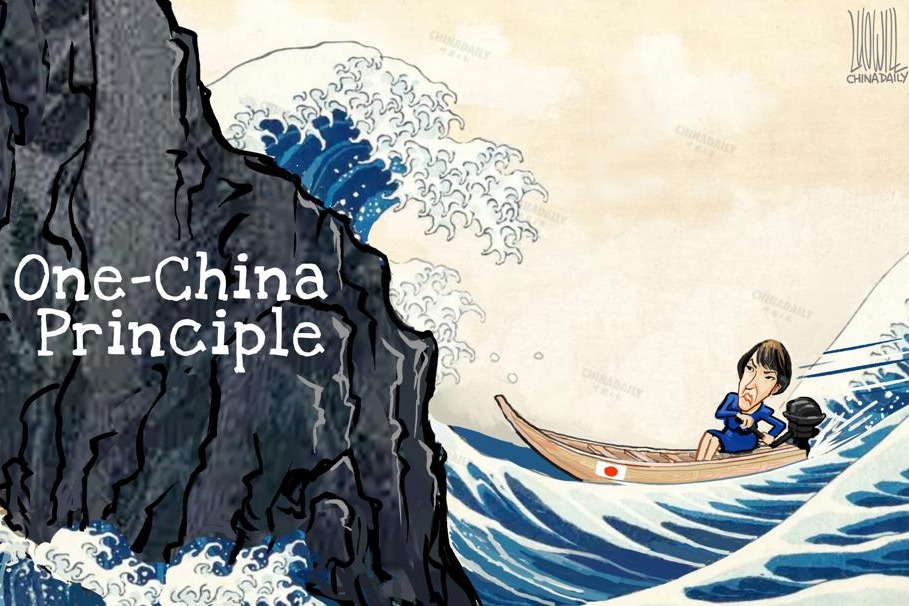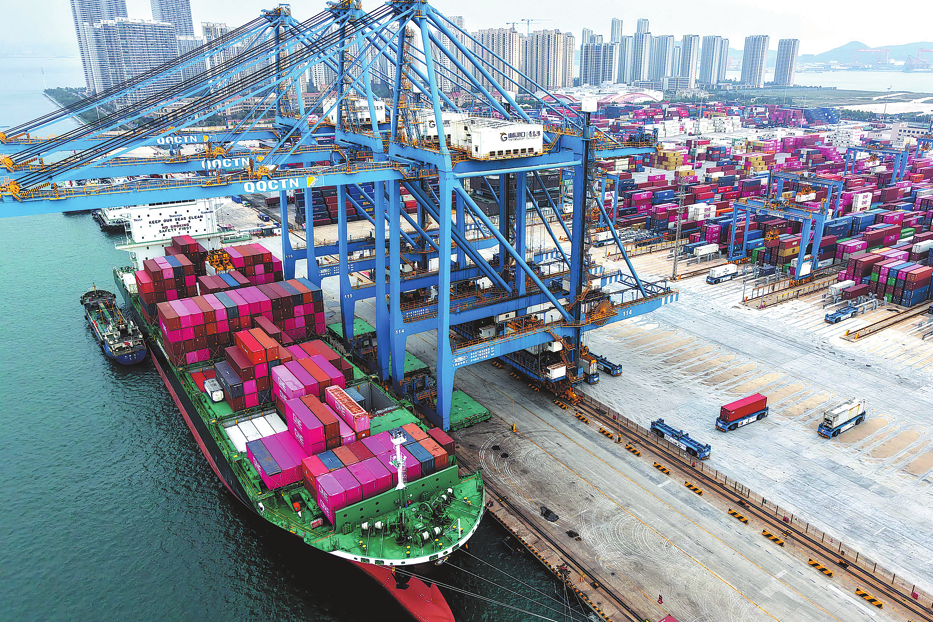Threading the needle


As an emerging leader, China must strive for neutrality while maintaining solidarity with the Global South and staving off a global biodiversity crisis
China now plays a central role in global initiatives to protect biodiversity and the environment. Serving as president of the Convention on Biological Diversity 15th Conference of the Parties (COP 15) in 2022 was a big step for the country. The Chinese leadership helped secure a historic agreement — the post-2020 Global Biodiversity Framework. Despite immense tensions between countries in the Global North and Global South, China managed to broker the final text of the agreement.
This required China to step outside its traditional partnerships, assuming the role of a neutral broker. As the country continues to lead in global environmental governance, such neutrality will be key. Yet, this necessitates rethinking China's historic negotiating position as part of the Global South.
China's status as a developing country is unique. Despite being a member of the Global South, China's rapid economic growth in the past three decades has lifted hundreds of millions of people out of abject poverty making the country the largest economy in the world in terms of purchasing power parity. China is listed as part of the G77 (group of 77 countries within the United Nations, a strong counter to the developed G7 nations). Moreover, China is part of the emerging G5, a group of rapidly developing Global South countries including India and Brazil that also aim to counter the reigning hegemony of the Global North.
When it comes to environmental goals, China has consistently championed Global South positions, which are often at odds with those from the Global North. For example, China was an early pioneer of the concept of "common but differentiated responsibilities" — acknowledging common global goals, while also insisting that developed countries have greater responsibility (financially and politically) in reaching them.
But as an aspiring leader, China may have to reframe its longstanding alliance. This is especially true when it comes to biodiversity conservation, which reveals some of the starkest North-South conflicts. Wealthy countries champion ambitious conservation targets, while developing countries in the Global South are extremely hesitant to relinquish sovereignty over natural resources in the name of global conservation. The diplomatic impasse has been insurmountable.
This North-South divide was among the most pivotal barriers to achieving an agreement at COP 15. Developing countries demanded a dedicated global fund for implementing the Global Biodiversity Framework, especially given the inclusion of the 30x30 Target — an ambitious goal of protecting 30 percent of the Earth's surface area by 2030. For African countries such as the Democratic Republic of the Congo, ambitious targets must be matched with equally ambitious and new financial resources. Negotiators from the EU and Japan and observers from the US, in contrast, pushed for ambitious biodiversity targets, but insisted on utilizing existing funding mechanisms to finance them.
At first, China appeared to be surprisingly quiet on the issue. After a series of walk-outs halfway through the negotiations led by developing countries frustrated with negotiators from the Global North, all hope seemed to have been lost. An agreement balancing the demands of developed and developing country parties appeared impossible.
It was not until the final 48 hours of negotiations, after China delivered a draft text of the Global Biodiversity Framework under negotiation, that the country's behind-the-scenes leadership became apparent. Following nearly two weeks of intense observation — saying little, yet listening intently — the Chinese leadership managed to thread the needle. The outcome was a final agreement that integrated the disparate positions of conflicted parties into a singular, delicately balanced text. No one was happy, but everyone agreed.
Agreeing to the final text is one thing, implementing it quite another. The Convention on Biological Diversity has a startlingly poor track record of meeting the targets it sets. Since 2000, member states have been agreeing to an array of ambitious goals, typically without meeting any of them. Every decade representatives set global targets for the coming 10 years and every decade these targets go unmet.
Meeting global conservation targets — rather than simply agreeing to them — is China's real leadership challenge. Momentous conservation efforts will be needed to meet the targets set out in the post-2020 Global Biodiversity Framework. This requires China to work with developing countries to shape change on the ground.
China — a developing country that does not share the colonial associations held by Western countries leading global conservation efforts to date — is in a unique position to meet the targets. China's approach to conservation is also distinct from Western approaches that focus on strict protection. Regarding endangered species, for example, China is more likely to support captive breeding and sustainable use than Western-funded organizations prioritizing strict protectionism and trade prohibitions. For developing nations aiming to sustainably utilize biodiversity, China's approach has clear appeal.
In terms of international diplomacy, China is non-interventionist and less paternalistic than Western donors. As historically pursued by the West, biodiversity conservation can be deeply interventionist, leading to resentments and exacerbating the North-South divide that plagues biodiversity negotiations. China's less interventionist approach has real appeal from a developing country's perspective, but may also have less traction when it comes to affecting change in practice.
How can China maintain its non-interventionist approach to global diplomacy while achieving real results on the ground? Chinese leadership on biodiversity conservation — both at global forums such as COP 15 and on the ground across the developing world — requires a delicate balance. China managed to find such balance in the post-2020 Global Biodiversity Framework, but the real test will come in its implementation. Can China, again, thread the needle? The challenge is to maintain all the benefits of a non-interventionist approach, while also working with partners in the Global South to affect real change on the ground. It is a difficult task — far more difficult than securing agreement at COP 15 — but if China can pull it off, we may have a real chance of staving off the global biodiversity crisis.
The author is an assistant professor in environmental globalization at the Environmental Policy Group at Wageningen University in the Netherlands. She is author of the book Rosewood: Endangered Species Conservation and the Rise of Global China, published by Harvard University Press. The author contributed this article to China Watch, a think tank powered by China Daily.The views do not necessarily reflect those of China Daily.
Contact the editor at editor@chinawatch.cn


































